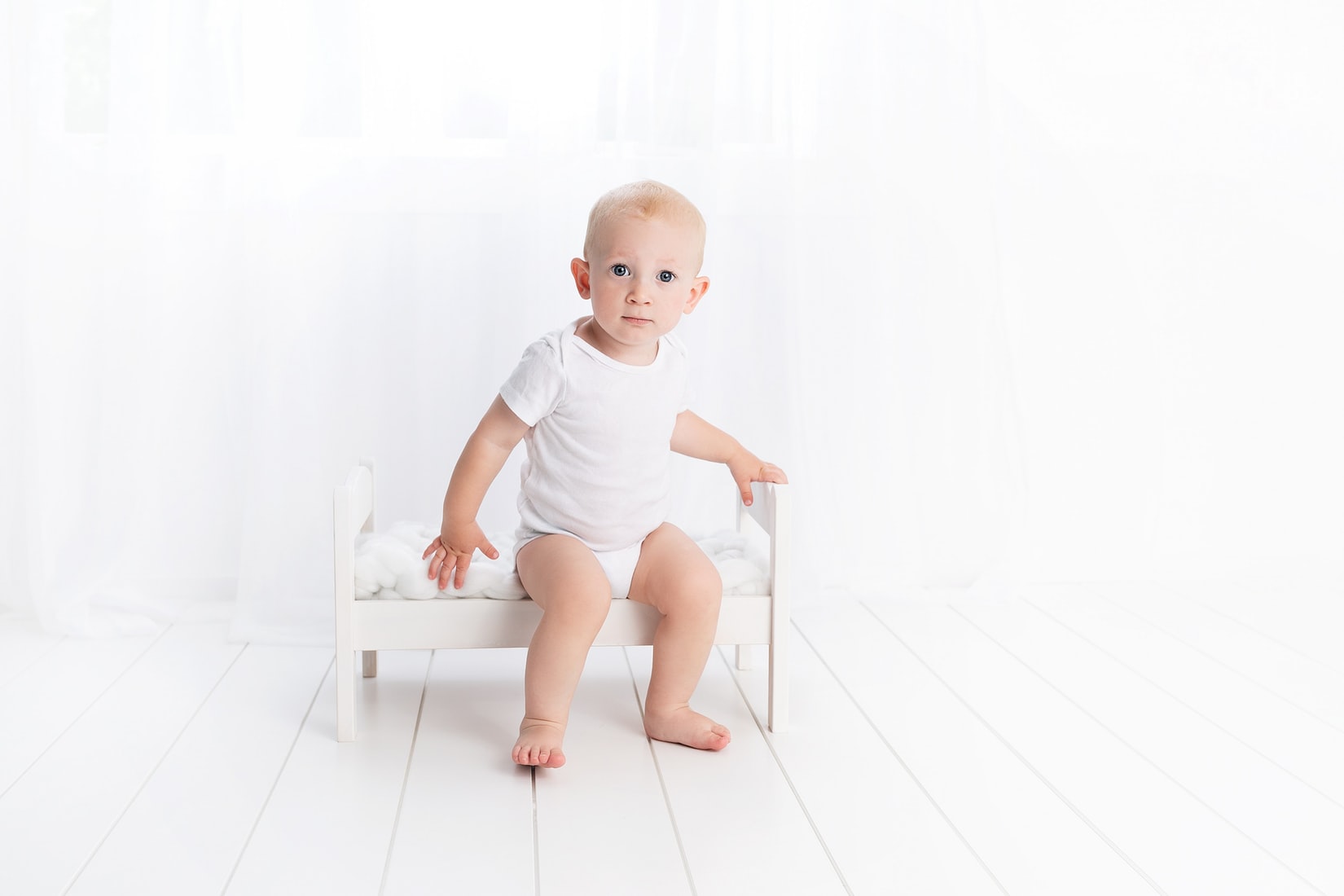
Sunday School teaching and learning is taking place in a wide variety of spaces around the world. The spaces range from cold to hot, from big to small, and from under a tree to a furnished room. In most cases, any space where people gather to study God’s Word is better than no space at all. And in most cases, there are improvements which could make the teaching and learning space even better. How can you turn your classroom into ideal space?
Ideal Space Issues
Because two-way communication for learning is preferred, ideal space will make it possible for everyone to see and hear the person speaking (teacher and attenders). That ideally means…
- adequate and properly functioning lighting;
- limited or no noise distractions;
- no poles in the middle of the room;
- no corners or walls interfering with visibility for part of the class;
- seating arranged in a circle; and
- smaller group.
Keep in mind that 93% of communication is nonverbal. Nonverbal communication includes gestures, facial expressions, and tone. How much learning is limited as a result of nonverbal communication problems in the classroom?
Some will object to arranging seating in a circle. They argue that seating in rows allows more chairs in the classroom. That argument is almost always false. If chairs are arranged in multiple circles, the number of chairs is usually very similar to rows–in nearly every room shape.
Multiple circles are not ideal but usually preferable to rows because more faces will be able to be seen, improving two-way communication. Large groups are not ideal because it is more difficult to get everyone involved, but doing some work in groups less than six can raise involvement.
Ideal Space Square Footage
Ideal space is neither too large nor too small for the group meeting in it. A group meeting in space that is too large tends to be depressing. A group meeting in space that is too small can be uncomfortable and dangerous.
Keep in mind that the younger the age group meeting in the space, the more space that is needed per person. Here are some suggestions:
- preschool: 30-35 square feet per person
- children (grades 1-6): 20-25 square feet per person
- students (grades 7-12) and adults: 12-15 square feet per person.
To illustrate, consider a 200 square foot space. The space would allow for a maximum capacity of 6-7 preschoolers, 8-10 children, or 13-17 students/adults. But allowing for an 80% comfortable capacity, that would allow for 5 preschoolers, 6-8 children, or 11-12 students/adults.
I understand that not all space is ideal. But the goal of every pastor, Sunday School director, and teacher should be to make the space as ideal as possible. Remove all distractions to make teaching and learning about God’s Word as comfortable and effective as possible. Make disciples. Be revolutionary!
Photo by Henley Design Studio on Unsplash
Leave a Reply